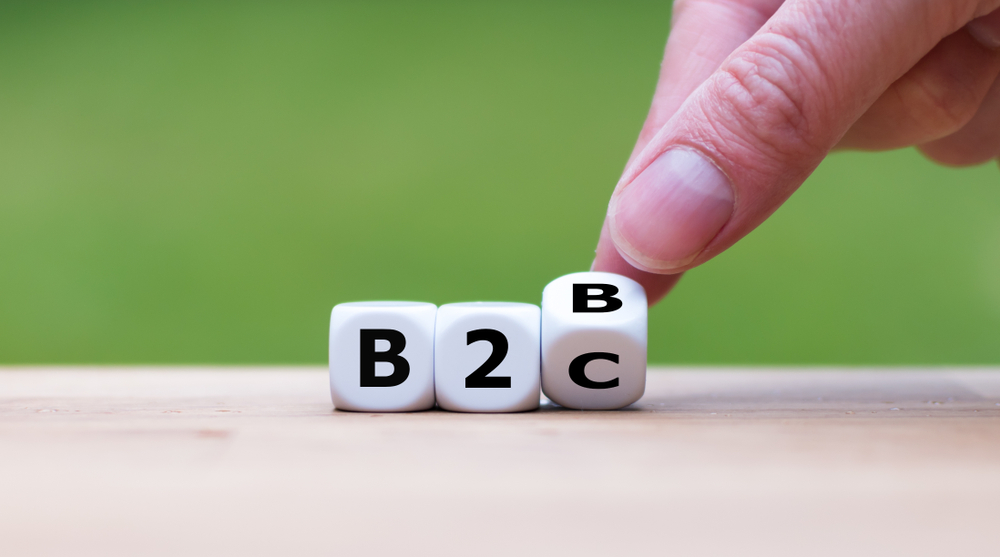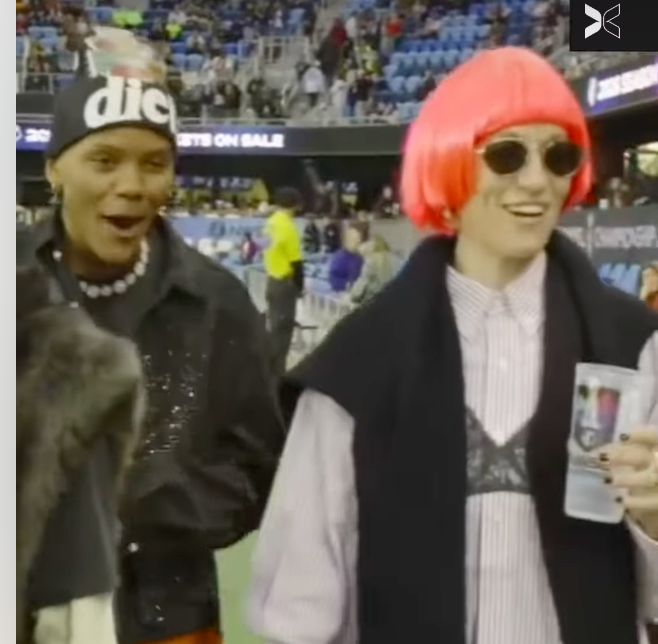In fashion, it’s not just the product you’re buying—it’s the brand. I spent over a decade working on brands like Michael Kors, Uniqlo, Revlon and Banana Republic, where I saw how brutal the brand war could be. When your products are similar—I mean, a tote is a tote—brand marketing can mean the difference between your buyer walking out with your Michael Kors bag or with Kate Spade on their arm.
Coming from a world where brand is the strategic driver, you can imagine my surprise when I stepped into B2B tech to find brand often sitting in the backseat. The assumption was that a buyer’s choice (read: revenue) came down to features and functionality. But that was then when products were differentiated, and only a few contenders were in each category.
This is now: the era of parity. Not only do we have thousands of tools to choose from, but most of them have similar capabilities packaged in different ways. The lines of value and differentiation have blurred. Think about how many times you’ve read a homepage headline like “we help you drive revenue growth” or heard a business claiming “we’re a data company.”
The reality is, your B2B product probably isn’t that differentiated. And if it is, it won’t be for long—technology advancements like AI are making it easier than ever to close competitive gaps and turn what was once your unique differentiator into table stakes.
Some B2B brands are catching on—competing at the brand level in a way they’ve never had to before—because when products are near parity, brand becomes the battleground.
So, what’s a B2B marketer to do? We need to take a page from the B2C marketing handbook. Here are four ways your B2B company can embrace B2C tactics to take your brand from bland to bold.
1. Loosen the tie—buttoned-up is out.
A presidential transition. World conflicts. The price of groceries. There’s no shortage of things happening right now that are daunting. As a result, people are gravitating toward “unseriousness” as a form of escapism. B2C companies often tap into cultural trends to promote their products, and it’s time for B2B to get onboard. After all, your product likely isn’t the be-all and end-all of humanity, so why not be culturally relevant and have a little fun with it?
2. Your customers see everything, everywhere, all at once.
Why limit your marketing to the context of their work? Or to when they’re actively looking? As Byron Sharp says in his book “How Brands Grow,” “Sales growth won’t come from relentlessly targeting a particular segment of a brand’s buyers.” The same goes for limiting when and where you reach them. Nike doesn’t just advertise near gyms—they’re on your screen, in your feed, and across the world’s biggest stages.
The race to revenue in B2B is shortsighted; an obsession with efficiency sacrifices longevity. B2B marketers often focus on high-intent buyers in a niche context, but your customers have lives outside the office. So think bigger. Reach them whenever and wherever they are, not just when they’re ready to buy.
3. Let’s get personable (not just personalized).
Personalizing your marketing efforts at later stages of the customer journey is marketing 101—but something not enough companies leverage is the art and science of being personable. People respond to people, so this tactic is about becoming a likable brand that consumers want to hear from. When you see brands using Gen Z slang or posting memes on social media, this is an attempt to relate and connect. Influencers are a powerful tool for this, adding a face and relatable voice to your brand, and evoking genuine emotions. This approach is gaining traction—75% of B2B companies use influencers, and 93% plan to increase their use in the coming year.
4. Show off your product in unexpected ways.
When buyers are close to signing the dotted line, they’ll want the nitty-gritty information on how your product solves their not-so-unique problem. But if they’re just starting their search or unfamiliar with your company, you can best grab their attention with relatable and memorable content. For example, Figma used song lyrics to showcase a feature. These creative approaches not only engage potential buyers and get their hands on your product, but they also build brand awareness and drive word-of-mouth.
Just like in fashion, what’s old is new again. B2B brands should look back to the 1960s, the Golden Age of advertising, to influence people. So put on your power suit and start thinking of the brand as a business driver.
Kevin Branscum is Senior Director of Brand Marketing at online survey software company Typeform.




